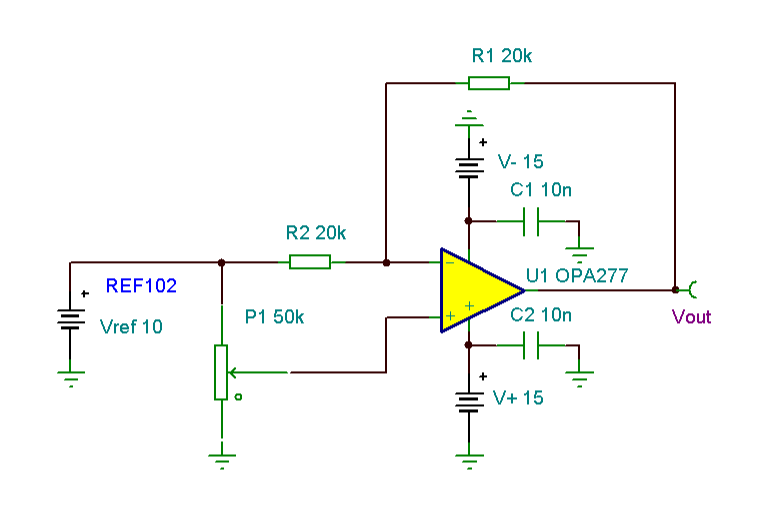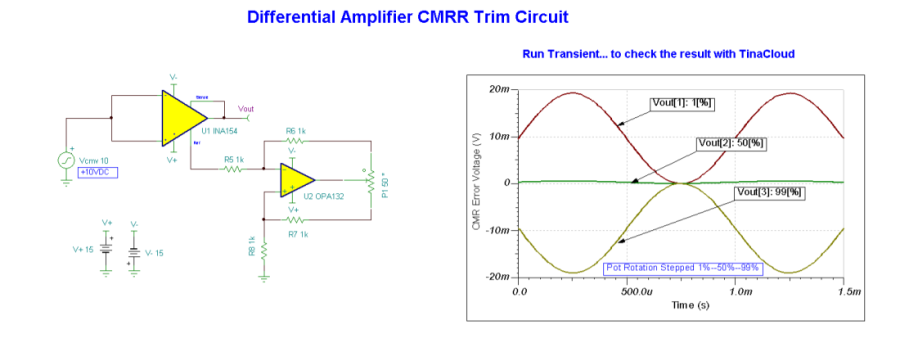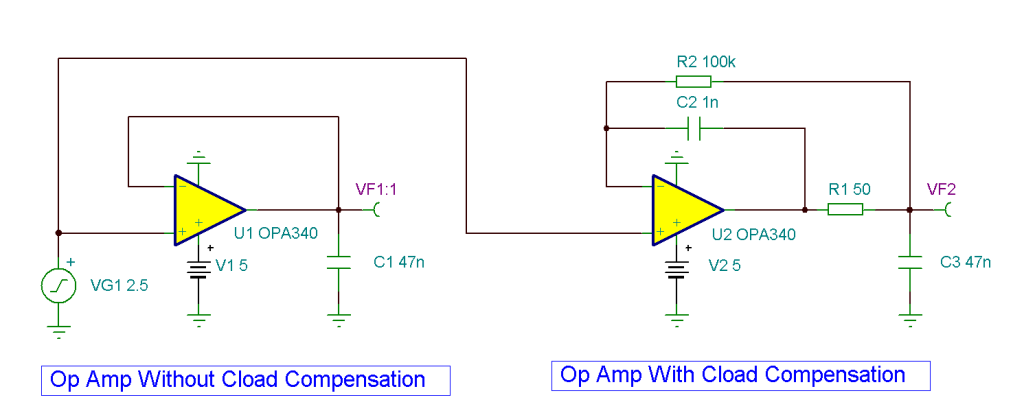Proportional- Integral Temperature Control
A high- accuracy temperature control amplifier can be realized with a proportional- integral amplifier response; the integrator function drives the steady- state error to zero.
An autozero instrumentation amplifier INA326 achieves very low offset and drift as well as virtually eliminating the loop error due to 1/f noise.
R6 is used simply to provide a feedback path during a DC analysis. This circuit requires an overall feedback path (TEC, etc) to achieve a steady-state operating point.
This amplifier allows temperature control loop stability within in a few tens of milli- degrees. Bypass capacitors are not shown. This circuit can be used with a DRV593 or an OPA569 TEC driver circuit. (Circuit is created by Neil P. Albaugh TI – Tucson)
Proportional- Integral Temperature Control circuit:

Online Simulation of the Proportional- Integral Temperature Control Circuit
The great feature of the TINA circuit simulator that you can analyze this circuit immediately with TINACloud the online version of TINA. Of course you can also run this circuit in the off-line version of TINA.
Click here to invoke TINACloud and analyze the circuit yourself, or watch our tutorial video!
You can send this link to any TINACloud customers and they can immediatelly load it by a single click and then run using TINACloud.
Michael Koltai
www.tina.com



